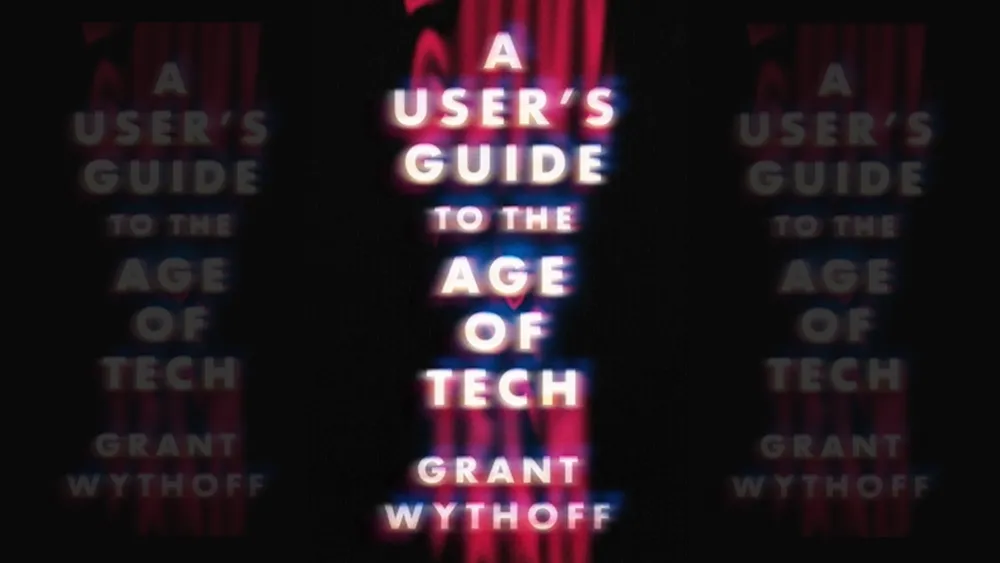Grant Wythoff publishes A User’s Guide to the Age of Tech
8 September 2025
How users experience and influence technological change—when so much of that change feels out of our control

Congratulations to our Digital Humanities Strategist, Grant Wythoff, on the publication of his book, A User’s Guide to the Age of Tech (University of Minnesota Press, 2025).
Wythoff’s book foregrounds users’ experiences to create what Wythoff calls a “media theory from below” (9). Central to Wythoff’s project is the language of “technique”—that is, “the way we do things, not just the tools we use to do them” (14). Focusing on the “embodied know-how of the end user” can help us see how users serve not just as the recipients but as the “agents of technological change” (9).
“Every day, people negotiate a unique and intimate syntax with their tools, tacitly debating things like the relative merits of usefulness and efficiency versus habit and sheer aesthetic joy,” Wythoff writes. “Those micro-level techniques don’t exist in a vacuum; in the aggregate, they add up to paradigm shifts in the history of technology through a series of wordless debates” (8–9).
At the same time, Wythoff emphasizes that the language of technology plays a critical role in illuminating “the imaginative space between tools and their users” (13). In the third chapter, for instance, Wythoff traces the history of the word “gadget.” Like many tech terms, Wythoff observes, “gadget” emerged from the world of seafaring (cf. ports and pirating!), but it proved especially significant because of its lack of specificity.
“What makes gadget unique as a term of art is its indeterminacy: sailors devised the word to mean anything at all, whatever you happened to be pointing at,” he writes. The word’s status as a “placeholder, an empty container” facilitated its changes in meaning (61).
Over the years, Wythoff argues, “gadgets have evolved from clever little trivialities or handy multitools into platforms that influence our politics, attention, relationships, and memories. In the process, a tool that was mapped onto gender (handymen; boys and their toys) now instead seems a marker of generation (screen-addicted millennials, who studies show actually use their phones less frequently than Generation Xers)” (66).
The importance of language to Wythoff’s project extends beyond the book’s argument. Wythoff noted that conversations with colleagues at the CDH helped him hone his ideas.
“The CDH is a community of people applying countless experimental methods, people who are trained in even more fields from across the humanities,” he explained. “All of these brilliant folks are thinking very carefully, in real time, about the impacts of emerging technologies on our world. . . . I benefitted from being part of this ecosystem of ideas, from hallway conversations and links shared, almost on a daily basis while writing my book.”
Wythoff’s book concludes with reflections on the rise of AI, the focus of the CDH’s current initiative, Humanities for AI.
In the epilogue, Wythoff imagines two ways that humans may react to a world increasingly dominated by AI—at the expense of humans themselves. In the first, which draws from an essay by Maggie Appleton, humans undertake a “high-stakes race between technique and tech: users devise novel techniques to stay one step ahead of tech as it eats the valuable new information users leave in their wake” (99–100). In the second, Wythoff writes, users opt out of the internet as we know it altogether, thus depriving AI of the new data it needs to operate.
What unites these two very different scenarios?
For Wythoff, it’s that users have the power to shape the future of technology—even in this most uncertain age of AI.
“They will refuse systems that extract technique in order to replace it, and they will pour their creative energies and trust into something different” (100).